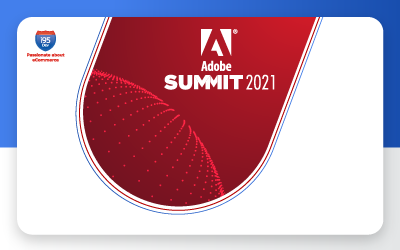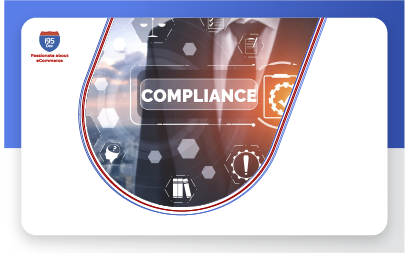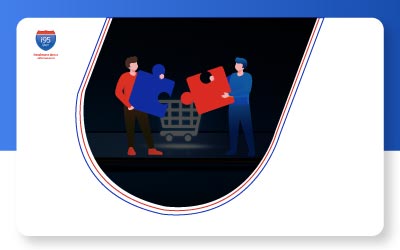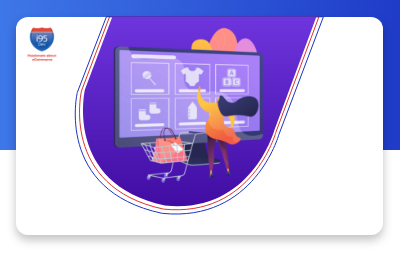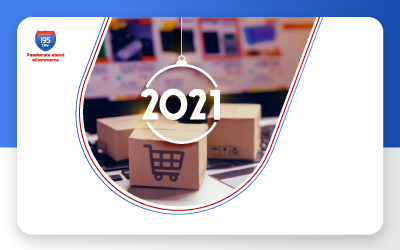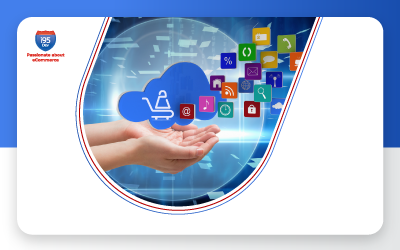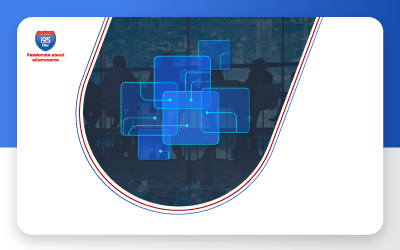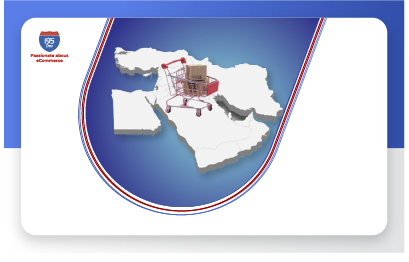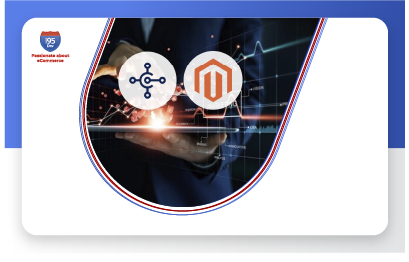Thinking About Endless Aisle?
6 Tips to Consider
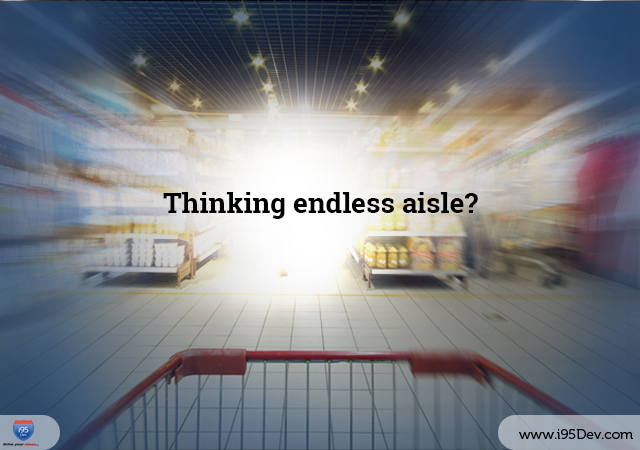
But then, how can a retailer guarantee the endless availability of a product? Sooner or later, for one product or another, the retailer will run out of stock. What if we tell you that retailers can still close a sale with the customer (yes even when the product is not in stock)! Yes, they can do this by leveraging the concept of the endless aisle. A concept made popular by Amazon.
In its initial days, and even now, what differentiates Amazon is its ability to sell the hard-to-find products (that no one else stocks or sells). They do this, both by stocking few products and by creating a marketplace for others. This made Amazon the go-to place for shopping across countries and product categories. Among other things, this gives Amazon an edge that most retailers cannot bridge.
What is the Endless Aisle Phenomenon?
Endless aisle exemplifies the ability of a retailer to sell a product (or products) that are no longer in stock or not sold in a particular store. This can be achieved in multiple ways
- Option 1 – by taking an order now and shipping the product to customer when it is back in stock
- Option 2 – by taking an order now and shipping the product to customer from a different location (warehouse or another store)
- Option 3 – by taking an order now and drop shipping the product directly to customer
By doing this, retailers not only ensure that they do not lose a customer to competition (because of a product being out of stock) and drive customer loyalty, but also gain the ability to offer a much larger catalog of products at a lower cost.
6 Tips to Work on, to Embrace Endless Aisle
1) Ensure transparency across channels
For retailers selling across multiple channels, the path to achieving endless aisle is filled challenges. The first and most important step for a smooth ride is to ensure transparency across channels. Transparency, in the information like product and inventory information. The transparency fuels a channel’s ability to provide multiple options in out-of-stock scenarios.
Moreover, the objective of endless aisle goes beyond closing a sale. Driving positive customer experience is usually the key. The transparency across channels ensures proper and timely communication, which is necessary for driving positive customer experience.
2) Identify and present the right mix of products
With the flexibility to sell any number of products, without stocking inventory, it is very easy to get carried away and go overboard with the product offering. Selling products that dilute your offering or selling everything without stocking inventory can easily lead to situations that negatively impact your brand.
For example, a retailer selling everything without stocking any inventory relies heavily on its suppliers for fulfillment and customer experience. Something, that not all suppliers are equipped to handle. Hence it is important to identify and sell the right mix of products, while evaluating the readiness of your supplier.
3) Centralized order and inventory management
Achieving endless aisle can be very difficult without having centralized inventory and order management. This can be achieved by integrating the right systems (like e-commerce and ERP). The integration ensures automated and timely sync of information and reduces any chances of errors. The integration also plays a very important role in bringing the much-needed transparency (mentioned above) across channels and stakeholders.
For example, with ERP and E-commerce integration retailers can easily ensure that the customers are informed about their order and shipping status.
4) Educate and Empower your Stakeholders
This is true not only for your internal staff (sales and customer representatives) but also for your suppliers. Because it is your brand that is at risk, it is important to ensure that all internal and external stakeholders are educated about the process and empowered to with the right tools to address any challenges they might encounter.
Your customer representatives must not only be aware of the process but also have access to the product, inventory and order information to better address customer queries and concerns. You should work with your suppliers to help them adopt the latest tools and technology to improve inventory visibility and to better service your growing needs of order fulfillment.
5) Measure everything
While endless aisle promises a number of benefits it is not for everyone. Hence it is important to measure everything – from number of orders fulfilled by your supplier to number of orders that lead to negative customer experience. Identifying and measuring the success parameters not only help in setting the right expectations with external stakeholders but also helps you in making an informed product, marketing and sales decisions.
6) Maintaining data Integrity is the key
Because of the involvement of multiple tools and stakeholders, maintaining data integrity is the key to achieving success. Incorrect information in one system is no longer limited only to that system and is quickly transferred across channels and stakeholders – affecting a much larger customer base.
Conclusion
Remember, retailers rely on information from multiple systems for informed decision-making. Incorrect and faulty data, even if it originates from your supplier, can be the reason for your downfall. For retailers looking to get maximum out of their endless aisle strategy, an integrated platform is where it all begins. You can start by integrating the most critical systems first (say E-commerce and ERP) and slowly expand to include other systems.




